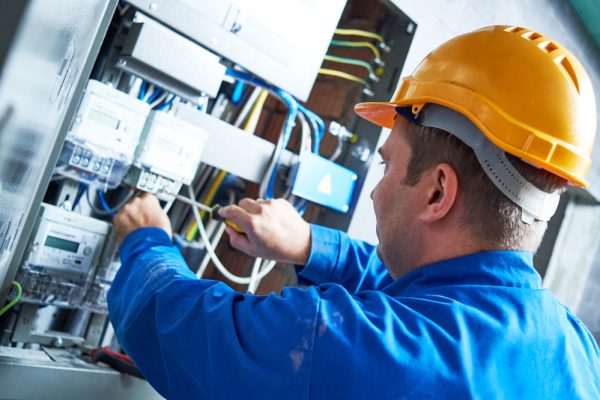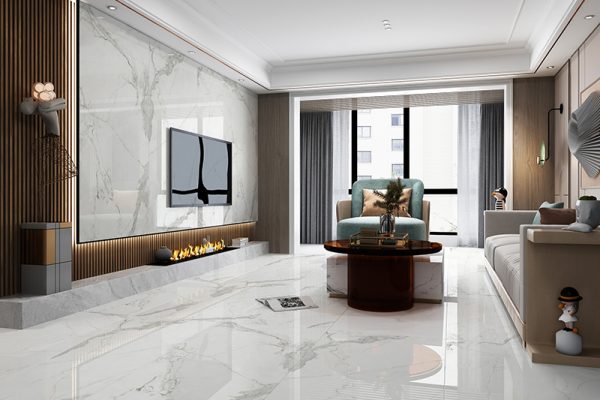Air filters remove irritants from the air to improve indoor air quality and extend the HVAC system’s life. The suitable filters cost little compared to the damage a dirty filter can cause.
Filters are located either in the base or duct tracks of the air handler or behind return grilles (vents) on the ceiling or wall. You are changing your filters monthly or, as recommended, optimizes filtration and saves money through better energy efficiency.
Pleated Filters
Filters that feature pleats in their construction have an increased surface area, enabling them to catch more dust particles and other airborne contaminants. They are known to provide higher filtration efficiency than traditional fiberglass filters, and they can be found with MERV ratings up to 13. They also have a lower initial resistance than non-pleated models, decreasing energy consumption and increasing system performance.
Non-pleated filters feature flat sheets of fibrous material. They typically have low MERV ratings, making them suitable for environments with low dust levels. However, they may not filter out fine airborne pollutants that could cause breathing issues in people with allergies, asthma, or other health conditions.
While a non-pleated filter can be purchased relatively cheaply, they are prone to clogging and must be replaced frequently. This increases their ongoing maintenance costs, making them less cost-effective than pleated options. They also restrict airflow, resulting in increased energy bills.
Flat Panel Filters
With all the choices at the home improvement store, choosing new HVAC air filters Richmond can be difficult. If you make a mistake, you can compromise your indoor air quality, damage your HVAC system, and experience costly performance problems.
Flat panel filters work through straining to capture particles that impact the filter’s fibrous material. They typically have a low MERV rating, so they only catch larger dust particles and other debris while restricting airflow.
Most HVAC systems’ disposable fiberglass flat panels are a prime example of these cheap but ineffective filters. They’re often topped with synthetic materials that are slightly more efficient but still lack the surface area needed to improve indoor air quality.
With the proper knowledge, choosing a filter type that will improve your home’s indoor air quality while protecting your HVAC system and providing long-term energy savings is easy. Remember that higher-efficiency filters will increase airflow resistance and your system’s capacity, so it’s essential to consult your user manual for a preferred filter thickness.
Electrostatic Filters
Dust builds up on the evaporator coils of your heating and cooling system, creating an environment that impedes airflow. Eventually, this reduces your HVAC unit’s capacity and shortens its lifespan.
Electrostatic filters use electricity to trap charged particles like shed skin cells, dirt, pollen, pet dander, and other debris that float around your home. These filters also capture bacteria and viruses with a charged protein coat.
The reusable nature of these filters makes them an excellent choice for environmentally-minded homeowners who prefer not to waste money on disposable air filters. However, they must be cleaned monthly to ensure they stay effective. Otherwise, they can accumulate contaminants that get recirculated and cause health problems.
This filter type has a MERV rating of 5 or 6 and can be used with UV-C air purifiers, whole-home fans, and attic fans. Its filtration ability can outperform other permanent filters, but it produces some ozone.
Washable Filters
These filters are manufactured from polyester fabrics or cotton folds and typically fall into the low MERV category. They can trap more significant pollutants like pet dander and mites but may be less effective for smaller particles. They can also become clogged and tax the system, leading to poor indoor air quality.
With washable filters, you rinse or shake them out to remove the dust and dirt. This option provides a cost-effective solution for those who want to enhance indoor air quality but avoid the hassle of purchasing replacements every month or two.
However, you must ensure that your washable filter is completely dry to avoid attracting mildew and mold, affecting indoor air quality. You should also check the filter size before purchasing, as a dirty or incorrectly fitted filter can restrict airflow. The best way to choose the right filter is to consult an HVAC professional.




